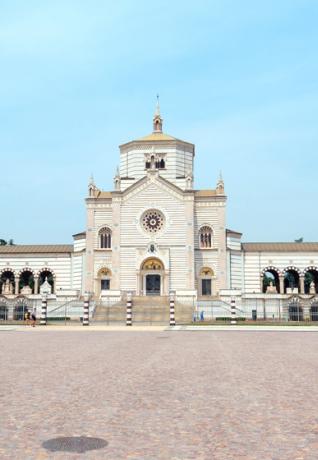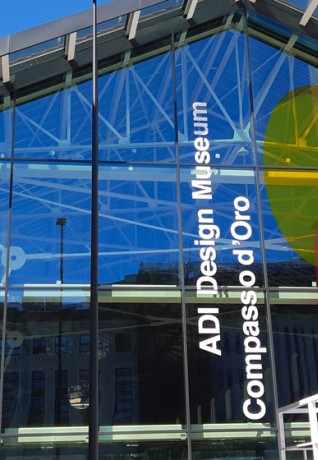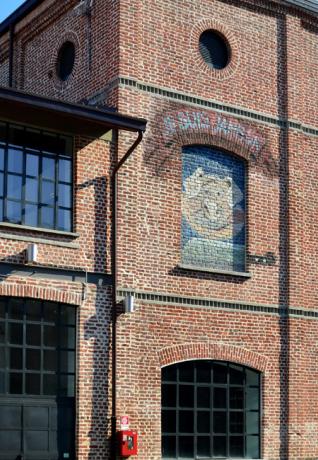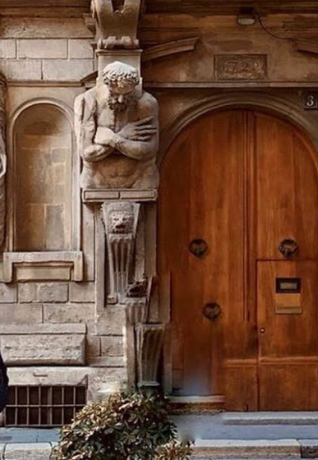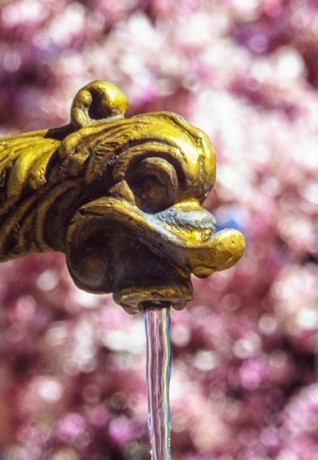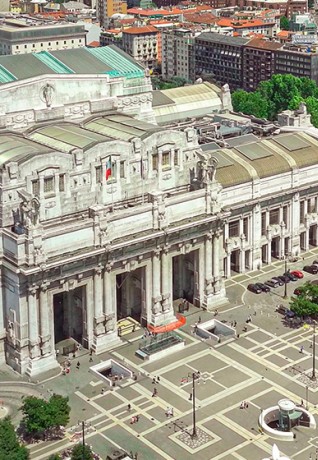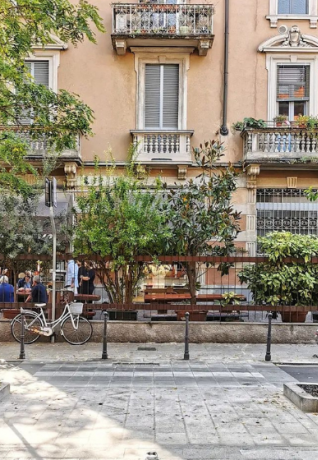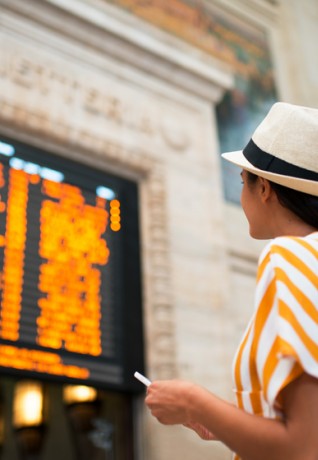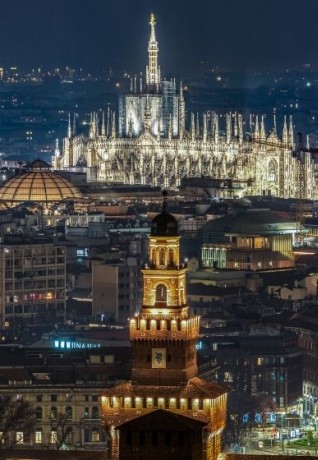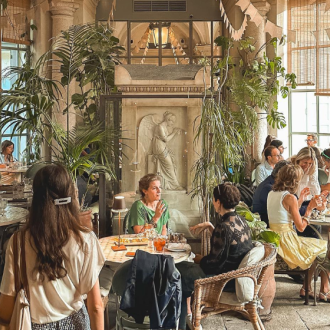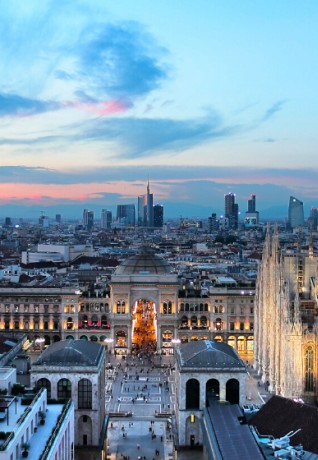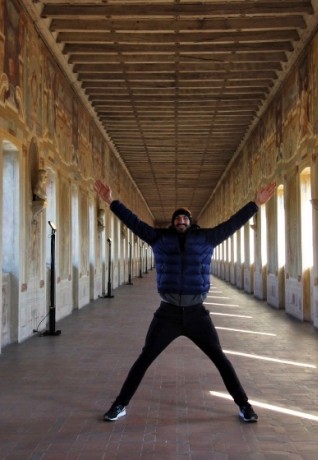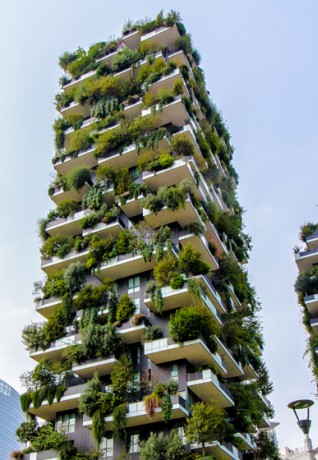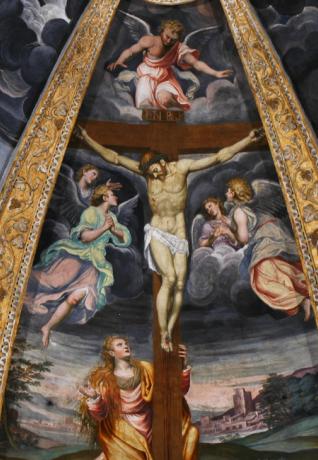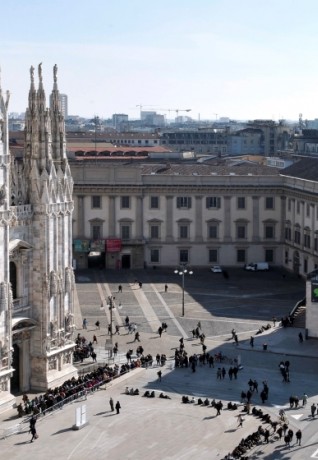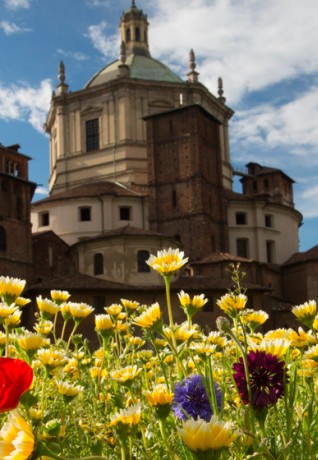Spend a day in Sarpi - Chinatown
Via Paolo Sarpi with ethnic restaurants, museums and events: here's the best things to do

Like all global cities, Milano has a Chinatown, the second largest in the EU, whose history begins a century ago.
The neighborhood that spans from the Monumental Cemetery to Corso Sempione has a unique identity and endless energy day and night: it’s where Milano meets the East in an exciting mix of styles and cultures.
Alongside Chinese restaurants and red lanterns, you will find pizzerias and pasticcerias, wineries, ravioli shops and the typical old-Milano railing houses.
Discover the lively soul of Chinatown by walking along Via Paolo Sarpi, where the bars are always open, and street food and delicatessens attract Milanese and tourists in droves, particularly in the evenings.
But don't forget to explore the surroundings: you can visit the exhibits of the ADI Design Museum, stroll around the cypress trees and the curious mausoleums of the Monumental Cemetery, or take part in the events that animate Fabbrica del Vapore, an industrial space that has been reconverted into a cultural multiplex.
The heart of Chinatown is Via Paolo Sarpi, a pedestrian and cycling street, dotted with places where to have brunch, lunch, aperitivo and dinner: Chinese restaurants (in the Cantonese, Sichuan, Shanghai or Beijing variations) and import shops for Asian food and casual clothing, but also pastry shops, bubble tea stores and Southern Italian street food, in a surprising succession of tastes and experiences. Come here for a walk and a different kind of shopping, to try something new for dinner, drink a cocktail and, why not, spend the night singing karaoke.
Our advice is to enter Chinatown and Via Paolo Sarpi from Piazza Baiamonti, with the Pasternak Promenade and the flashy glass pyramid that houses Microsoft and the Feltrinelli Foundation.
An industrial space (this is where Milano's iconic trams were made) transformed into an incubator of creativity: the Fabbrica del Vapore is active all year round thanks to a rich program of cultural exhibits and social activities suitable for all ages.
Sarpi-Chinatown lets you also discover the history of Italian creativity.
The ADI Design Museum, located in a former factory between Via Ceresio and Via Bramante, is one of the largest museums in Europe devoted to design: 5,000 square meters of exhibition space showcasing all the designers and their creations that since 1954 have received the Compasso d'Oro Award, the equivalent for industrial design of what the Pritzker Prize is for architecture. Be amazed by the permanent collection titled "Permanent Present. Contemporaneity in Italian design".
The museum also offers numerous temporary exhibits and guided tours, a program of lectures and presentations, and lets you take home a poster of your favorite Milanese designer!
Majestic funerary mausoleums, tombs and chapels, often bearing the signature of famous artists, this is the cemetery of the rich and famous in Milano.
Those who rest at Cimitero Monumentale have left a mark in the history of Milano: writer Alessandro Manzoni, composer Arturo Toscanini, singers Giorgio Gaber and Enzo Jannacci, playwrights and actors Dario Fo and Franca Rame, poetess Alda Merini, publishers Hoepli, Mondadori and Rizzoli, are some of the names buried in the Famedio, the hall of eternal civic fame placed at the entrance of the dazzling Gothic and Byzantine architecture that Maciachini designed for Monumentale in the mid-1800s.
M5 Monumentale (Lilac Line); Trams 4, 12, 14.

 Log in
Log in


